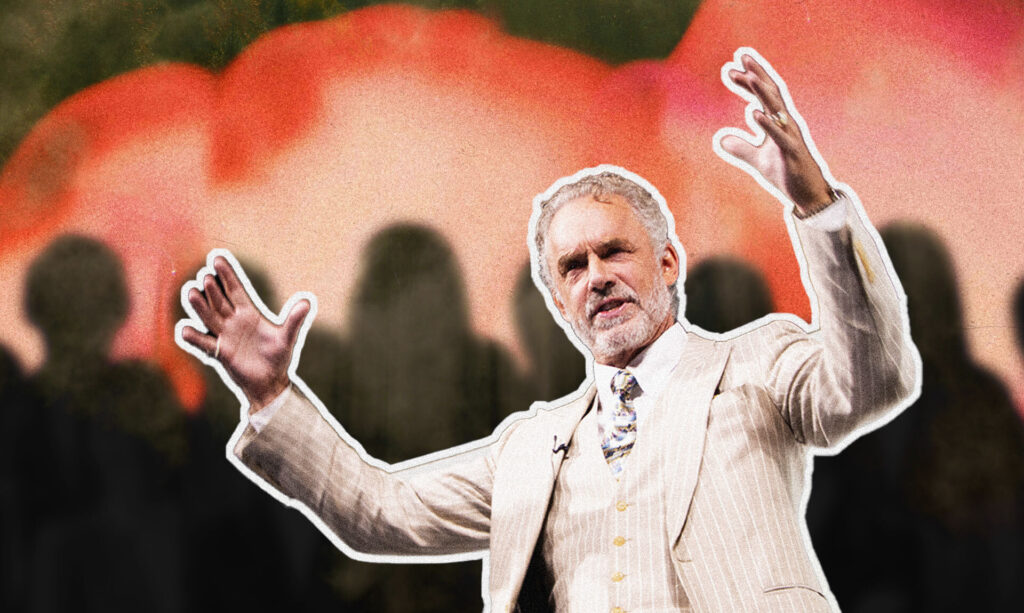Continued from Part 1, The March.
By the end of the week, over 300 people had joined the march, some having walked the full 50 miles. The campsite the rally was held at was overlooked by Blair Mountain itself, a large looming reminder of what we were fighting for. As Saturday rolled in, a thousand supporters in total had joined the marchers to walk up the last two miles to the summit, to reclaim the historical landmark.
The day started off with a stack of speakers, musicians, and community members. The crowd heard personal accounts from Robert F. Kennedy Jr., who spoke out against mountaintop removal, describing the destruction of mountains, pollution of local waterways, and exploitation of the communities surrounded by mountaintop removal mines. He spoke of how corporate greed reigns and how companies get away with crimes everyday that normal people would be thrown in jail for.
“If you came to the Hudson River, and you tried to fill 25 feet of a Hudson River tributary, we would put you in jail…If you tried to blow up a mountain in the Berkshires, or the Catskills, or the Adirondacks…you would go to jail. It all started here on Blair Mountain, this is the Gettysburg of the union movement in our country.”
Coal companies would like people to believe that they provide jobs, education, and stimulate the economy in local areas. The reality of the situation is that jobs become scarcer because machines replace the need for human labor in the mountaintop removal process.
There is no job security if you cross the line of King Coal. West Virginia is an area rich in natural resources, yet it is also one of the most impoverished states in the nation as well because all the profits go to the corporations and not the local communities.
King Coal collects all the profits and stiffs the locals with the bill. One local resident told me how a retired friend of his can’t get benefits for black lung disease and other job-related ailments because the coal company refuses to recognize them as work-related afflictions.
The previous day, the coal companies literally tried to put one last obstacle in our way by placing large, heavy rocks at the summit to obstruct vehicles and marchers from being able to turn around. After we moved those rocks back before the rally, the morning of, the rocks had been slathered with Crisco. As if greasy rocks would suddenly make the entire group give up after a week’s worth of marching.
Three by three, over a thousand people marched up the mountain. Along the way, memorial signs were posted with the final commemoration sign reading “In Memory of All Coal Miners” at the summit. Towards the end of the line of marchers, 150 attempted to risk arrest by trespassing onto coal property – onto the actual 1921 Blair Mountain battlefield to erect another memorial to past miners. Only one person was ultimately arrested on a littering charge because he refused to pick up his sign before leaving the property.
The organizers of the march considered the event a huge success, a major step forward in raising awareness and uniting people across multiple fronts. The work won’t stop here, and local organizers are gearing up to continue to push for more sustainable jobs, labor rights, and the abolition of mountaintop removal.
Brandon Nida, board member of Friends of Blair Mountain and archaeology doctoral student at the University of California, Berkeley, remarked:
“We are going to be a thorn in these coal companies’ sides until they are out of here.”
Riding the bus on my way home from West Virginia, contemplating how many showers it would take to scrub off all the dirt and sunscreen accumulated over the week, all of a sudden, somewhere in the middle of Indiana a huge wind farm popped up and stretched across the land. It was a stark contrast to the strip mining sites of West Virginia. Someday, I hope to see them powering homes in Appalachia as well.
Subscribe to our newsletter
Stay up to date with DeSmog news and alerts







